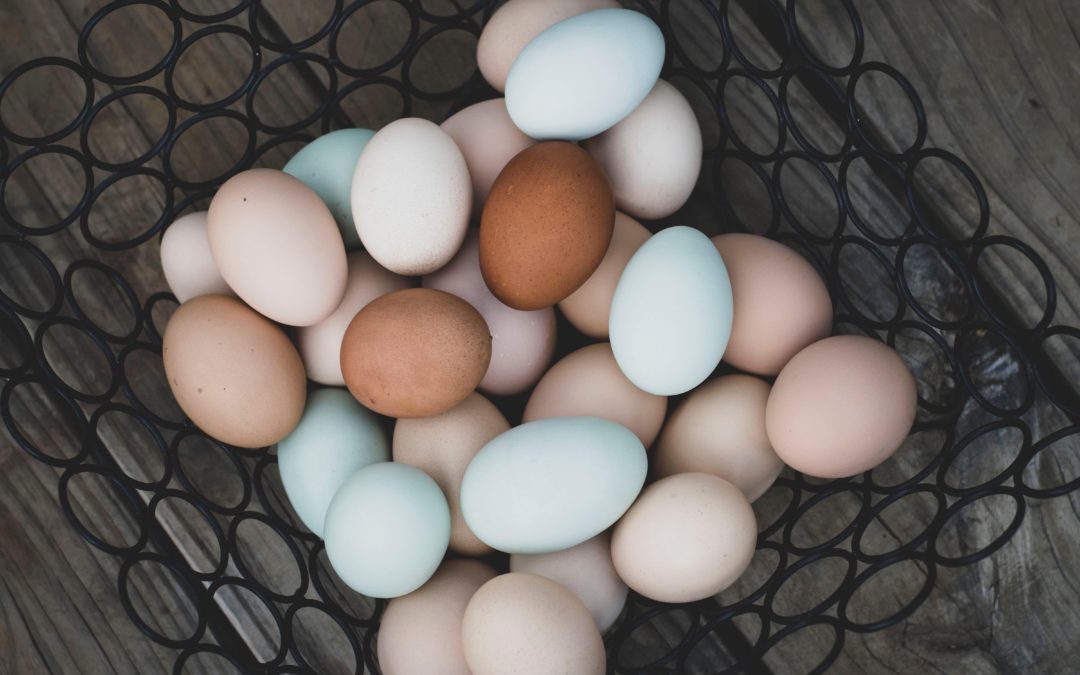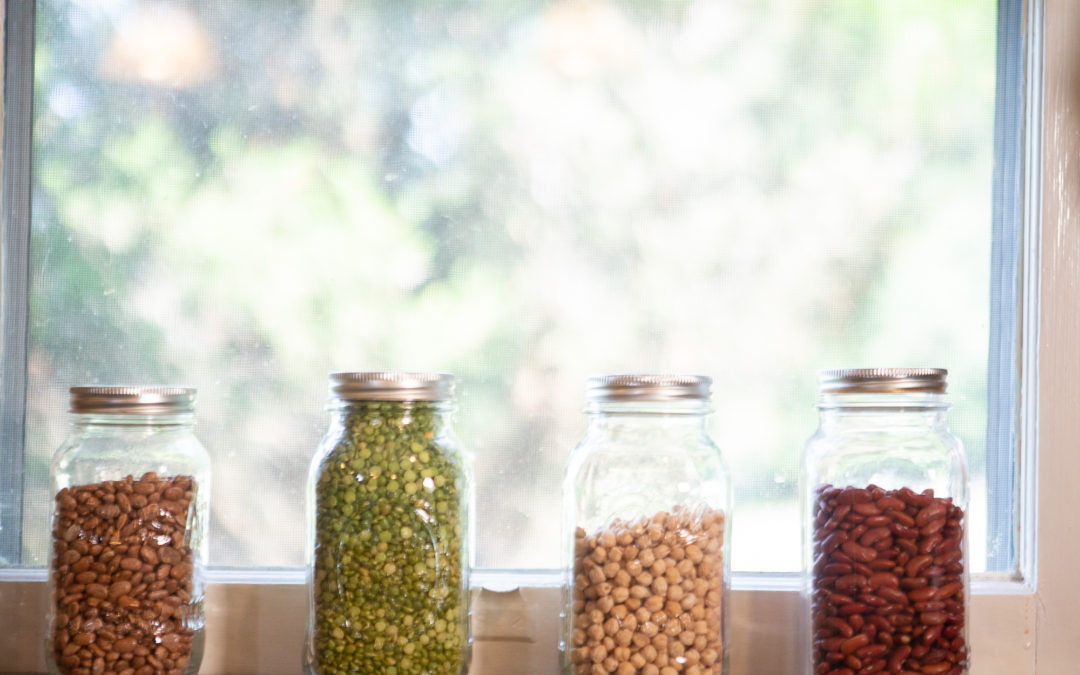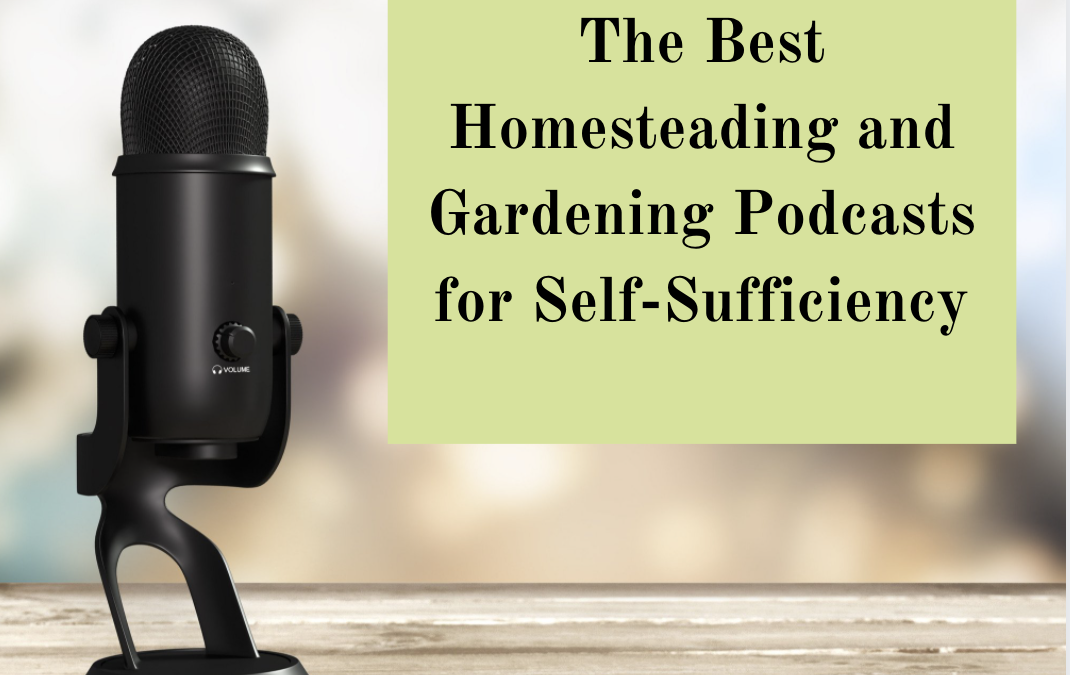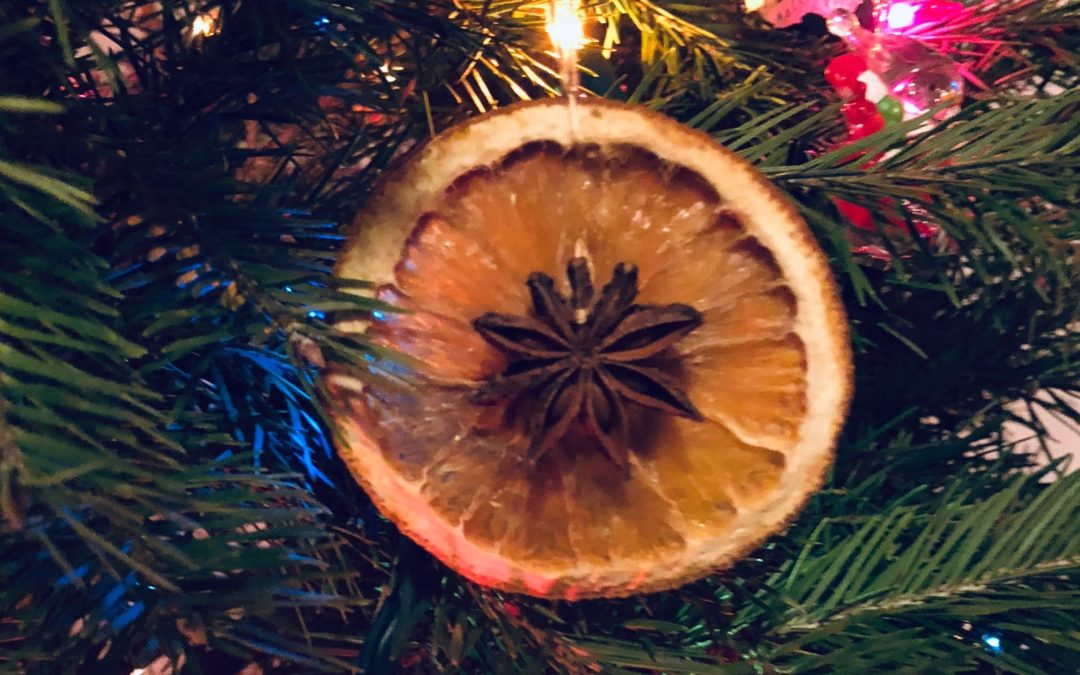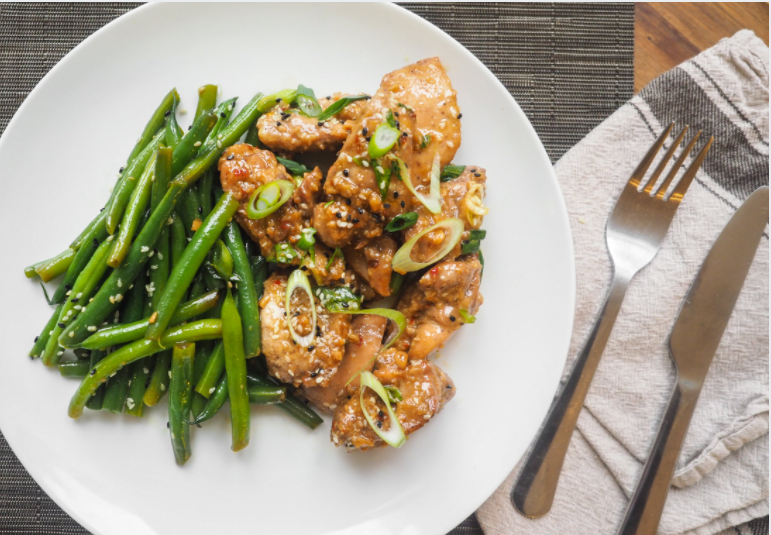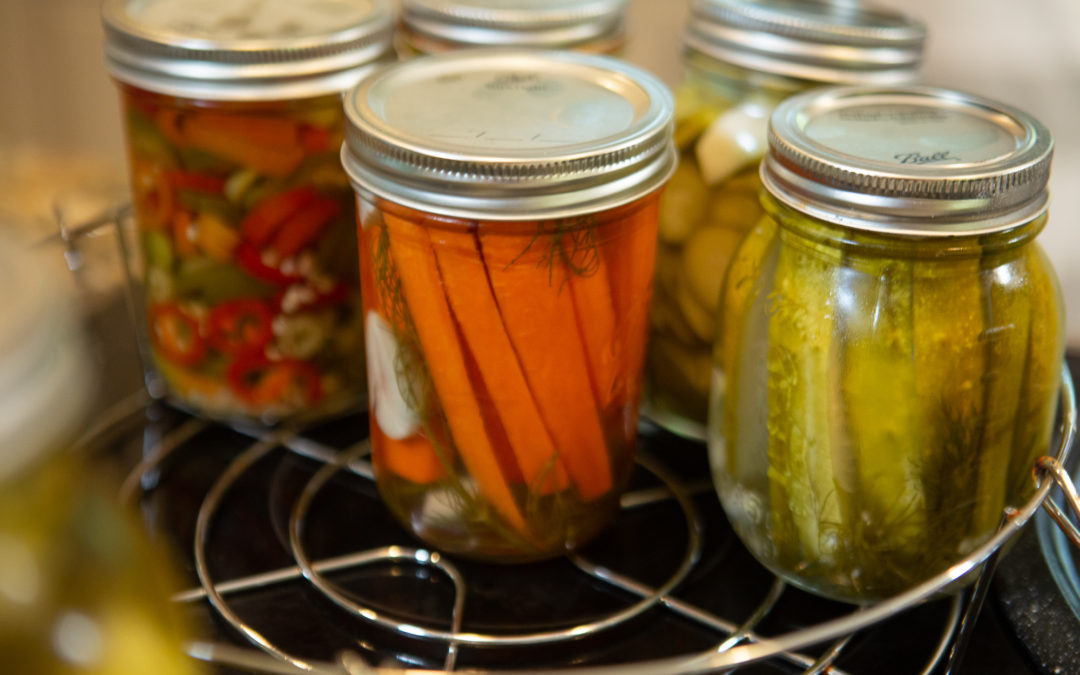
How to Properly Store Preserved Food
One of my favorite ways to boost your food supply is the start preserving your own food. It can take a lot of time and effort but the satisfaction and security you will experience once you have the skills and knowledge and a stocked pantry are so worth it. Knowing how to properly store preserved food is the next step.
Once you have put forth the time and effort necessary for food preservation, it is important to make sure that your jars they are being stored properly and safely.
While preserving food using a method such as water bath or pressure canning, depending on the food, will allow the food to be shelf stable, you could ruin your seals, spoil your food, or damage your jars if not stored correctly.
Read on for all the information you need on how to store preserved food properly.

Should I remove the rings?
Once you have processed a batch of something using waterbath or pressure canning, and after you let the jars sit for several hours and enjoy the lovely sound of pinging. The very first thing you want to do with your jars once they have cooled down, is to remove the rings and check the seals.
I always remove the rings for several reasons.
- I only have so many rings, so I don’t want already jarred food to be taking them up on the shelf.
- If you keep the rings on, you may not know if your seal breaks and you may have what is called a false seal. A false seal is wheren the seal will stick but it won’t actually be airtight or safe.
I definitely recommend removing them before putting away for storage. You may find varying opinions on this, but from the research I have done, removing rings is necessary to store preserved food properly.

Should I stack my jars?
In addition to removing rings, you also want to avoid stacking your jars. Do not put them on top of one another to store for long periods of time. I know that can make storage very difficult since it usually leads to wasted space between shelves. It has taken me a few years to figure out the best space to store my jars and my canning supplies and honestly it seems to change every year depending on how much I preserve.

Stop wasting your fruits and vegetables!
Grab the Ulimate Fruit and Vegetable Seasonal Guide for FREE to start properly storing your produce so you can stop throwing it away and start enjoying it longer.
Ideal Storage Environment
There are a couple of important factors to consider when choosing a safe place to store your jars, Make sure you are choosing somewhere that is out of direct sunlight and a place that is between 50-70 degrees F.
Direct sun and high temperatures will cause your contents to spoil.
If your temperatures are too low, you could run the risk of freezing and your jars may break or your the texture of your contents could be altered.
You also want to make sure that the location is a relatively dry location. If your storage location has too much moisture, it could cause your metal lids to rust.

Storage Solutions
I have changed the location of my jar storage several times, it really depends on how much room I have and how much I have preserved at that time.
Some of my prettier jars, I love to store in a built-in that I have in my kitchen and show it off as a seasonal decor. This past year I made some pickeled zuchinni which were so pretty. The vibrant green and yellow colors with the spices was the perfect jar to keep up front in my built-in.
Anything that isn’t so pretty, like the really ugly sliced peaches I stored a few years ago (perfectly edible though) I sent downstairs to the storage shelves.
I would love to purchase a jelly cabinet, but my kitchen has no room for one. The benefits of a jelly cabinet are that the shelved are make specifically for mason jars so there is very little wasted space, like you may find if you are using a larger shelving system.
One of the biggest hesitations that I hear from people about home food preservation is that they don’t have the room for all of the storage needed. You can always find room, even if it isn’t th most convenient. I have seen people store their jars under their beds for example or use bedroom closets to keep large amounts of canned food.
You can definitely make it work!
For more information, listen to the podcast epsiode: Storage Solutions for your Preserved Food

Stop wasting your fruits and vegetables!
Grab the Ulimate Fruit and Vegetable Seasonal Guide for FREE to start properly storing your produce so you can stop throwing it away and start enjoying it longer.

Welcome to Wingin’ it on the Homestead! My name is Stephanie Leaf. I am a wife to a can-fix-anything husband, mother of two boys under 3, future expert gardener, lover of anything old and dusty, and inspiring homesteader. My family and I are new to this journey and loving every minute of it. Please join me in embracing a simpler life!

